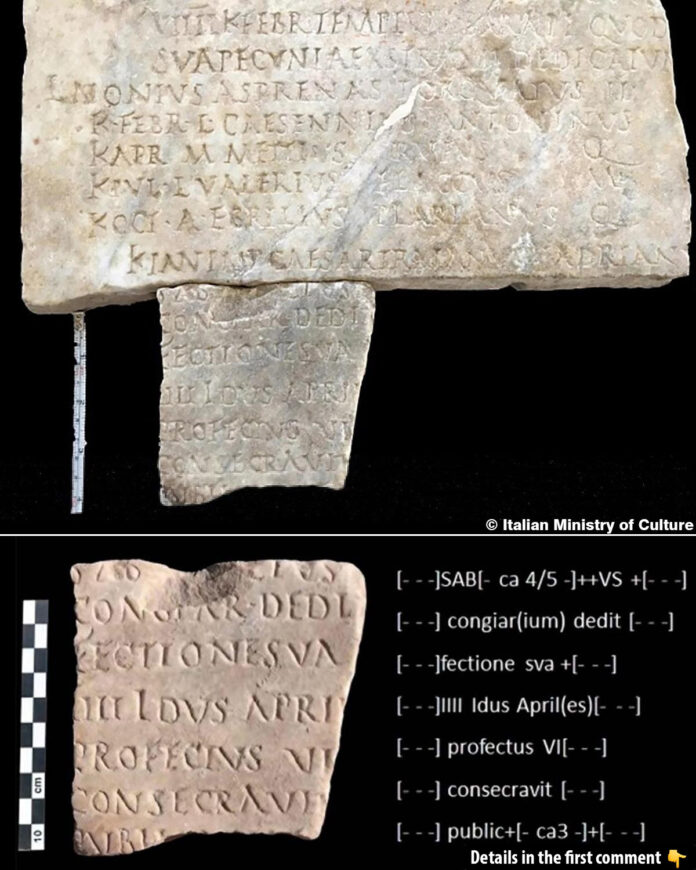The discovery of two new fragments of the Fasti Ostienses, an ancient Roman calendar inscribed on marble slabs, marks a significant milestone in understanding the history of Ostia Antica and the reign of Emperor Hadrian. These fragments, unearthed in the Ostia Antica Archaeological Park during the second campaign of the Ops – Ostia Post Scriptum project, offer unparalleled insight into the political and cultural landscape of ancient Rome and its thriving harbor city.
What Are the Fasti Ostienses?
The Fasti Ostienses served as a historical chronicle, meticulously documenting significant events during the Roman era. These inscriptions were maintained by the pontifex Volcani, the chief priest of the Temple of Vulcan in Ostia, reflecting the city’s pivotal role in Roman society. From commemorating emperors’ achievements to monumental architectural undertakings, these records provide a continuous narrative of Ostia’s integration into the empire’s grand history.
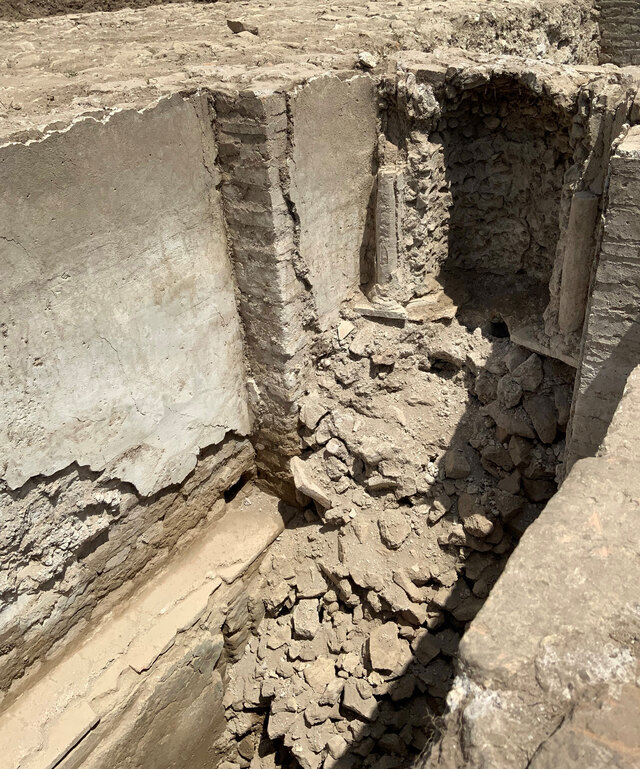
The earliest surviving portions of the Fasti Ostienses date back to the dictatorship of Sulla in 81 BCE, while the last recorded year extends to 175 CE. These inscriptions bridge a critical period of Roman history, capturing events that shaped the trajectory of the empire.
Video
Take a peek into ancient Rome with a tour of Ostia Antica, Italy – watch the video to explore the well-preserved ruins of this fascinating ancient port city!
The Discovery: Details and Context
During the latest excavation efforts in the Forum of Porta Marina, archaeologists uncovered two previously unknown fragments of the Fasti Ostienses. These fragments, corresponding to the year 128 CE during Emperor Hadrian’s rule, fill critical gaps in the existing narrative. Conducted by a collaborative team from the University of Catania and the Polytechnic University of Bari, this discovery enhances the understanding of Hadrian’s activities and the sociopolitical dynamics of Ostia Antica.
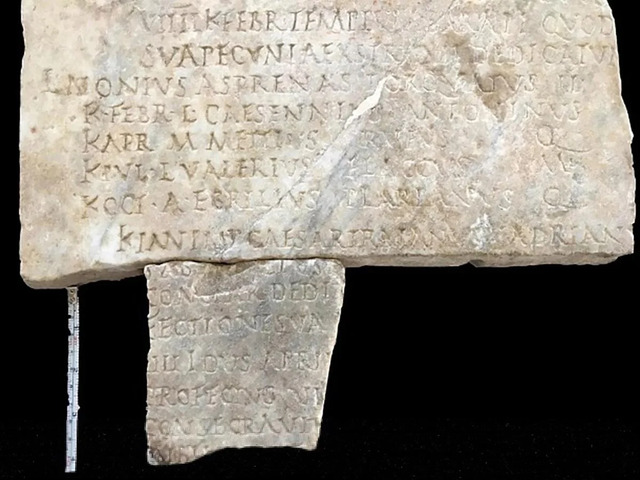
The Forum of Porta Marina, a bustling rectangular complex adorned with columns, was central to Ostia’s civic life. Here, historical records were prominently inscribed, showcasing the city’s importance as a cultural and administrative hub.
The Historical Insights from the Fragments
The new fragments provide fascinating insights into Emperor Hadrian’s actions in 128 CE. On January 10, Hadrian assumed the honorary title of “pater patriae” (father of his country), reflecting his esteemed position within the Roman Empire. Simultaneously, his wife, Sabina, was elevated to the rank of “Augusta”, cementing her status as a revered figure in Roman society.
To celebrate these honors, Hadrian distributed a “congiar dedit”, a monetary gift, to the Roman people. This act of generosity symbolized his commitment to the welfare of his subjects and his role as a benevolent ruler.
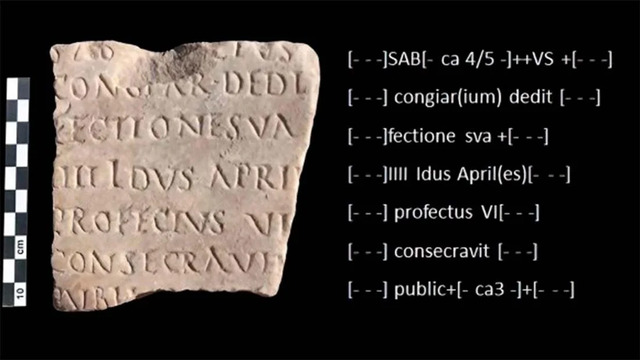
The fragments also document Hadrian’s journey to Africa in April of the same year, a region integral to Rome’s grain supply. His return to Rome later that summer coincided with significant ceremonial activities, including the consecration of a building in the city. Scholars speculate that this building might be the iconic Pantheon or the Temple of Venus and Roma, both emblematic of Hadrian’s architectural vision.
Broader Implications for Roman History
The discovery of these fragments underscores the historical significance of the Fasti Ostienses in piecing together the events of Hadrian’s reign. Known for his extensive travels and architectural achievements, Hadrian sought to consolidate the empire through cultural and administrative reforms.
These inscriptions also highlight the importance of Ostia as a mirror of Rome’s grandeur. As the empire’s primary port, Ostia played a critical role in facilitating trade, military logistics, and cultural exchanges, making it a cornerstone of Roman civilization.
The Significance of the Forum of Porta Marina
The Forum of Porta Marina, where the fragments were found, served as a central venue for public life in Ostia. This large rectangular space, surrounded by majestic columns, was a testament to Roman architectural ingenuity and civic organization. Historical records, such as the Fasti Ostienses, were prominently displayed here, reflecting the city’s role as both a repository of Roman heritage and a functioning administrative center.
Ostia Antica: A Hub of Ancient Civilization
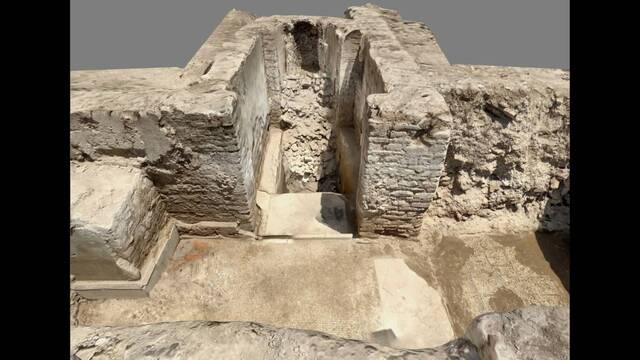
Situated just 19 miles from Rome, Ostia Antica was originally established as an armed camp to protect the mouth of the Tiber River. Over time, it evolved into a bustling commercial center, facilitating trade and serving as a base for Roman expansion.
The city’s strategic location at the confluence of land and sea routes made it indispensable to the empire’s economy. Ostia’s infrastructure, including its theater, baths, schools, temples, and even a synagogue, reflects the diverse and cosmopolitan nature of its population.
Preservation and Public Accessibility
Efforts to preserve and showcase the Fasti Ostienses fragments are integral to the ongoing mission of the Ostia Antica Archaeological Park. Gennaro Sangiuliano, Italy’s Minister of Culture, has emphasized the significance of these discoveries in illuminating life in Ostia and Rome.
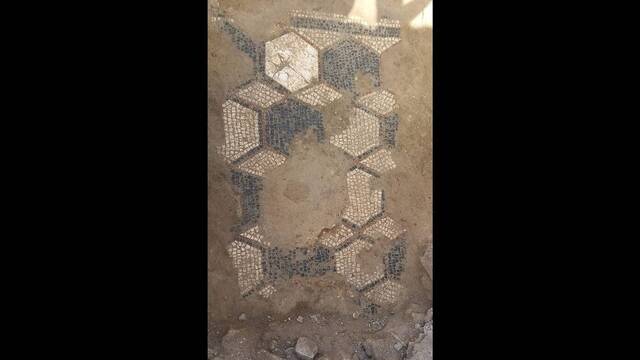
Plans are underway to make the newly uncovered mosaic floors and fragments accessible to the public, ensuring that Ostia’s rich heritage continues to inspire and educate future generations.
Conclusion: A Window Into Rome’s Past
The discovery of the Fasti Ostienses fragments not only deepens our understanding of Emperor Hadrian’s reign but also highlights Ostia’s pivotal role in Roman history. As a vibrant port city, Ostia was a testament to the empire’s ingenuity and resilience. Through continued excavation and preservation efforts, Ostia Antica remains a beacon of ancient Roman civilization, offering invaluable insights into a world that shaped the foundation of modern society.
